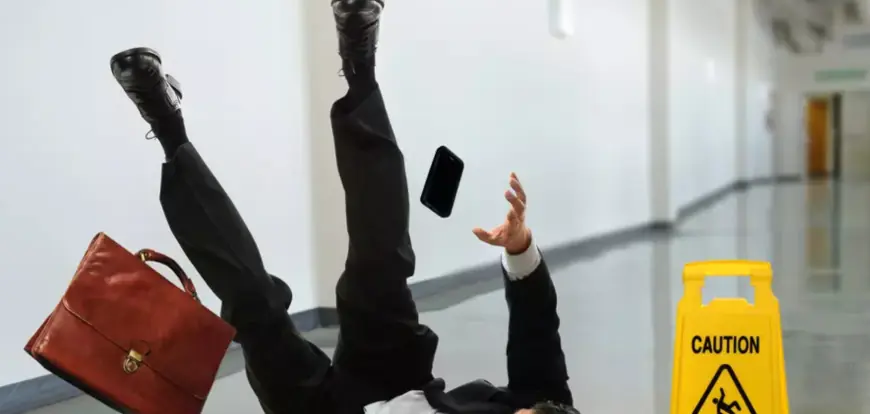1. Understanding Negligence in Slip and Fall Cases
Duty of Care: The property owner had a legal responsibility to maintain safe premises for visitors.
Breach of Duty: The owner failed to address or warn about hazardous conditions, such as wet floors, uneven surfaces, or poor lighting.
Causation: The hazardous condition directly caused your slip and fall accident.
Damages: You suffered measurable harm, such as medical bills, lost wages, or pain and suffering.
2. Common Causes of Slip and Fall Accidents
Slip and fall accidents often occur due to hazardous conditions that could have been prevented. Common examples include:
Wet or slippery floors from spills or leaks Loose or uneven flooring Poorly maintained sidewalks or walkways Inadequate lighting in stairwells or parking lots Debris or clutter obstructing pathways
3. Collecting Evidence to Support Your Claim
Evidence is the cornerstone of any successful slip and fall case. Key types of evidence include:
4. Establishing Property Owner Negligence
Proving negligence often hinges on showing that the property owner knew or should have known about the hazard and failed to take appropriate action. Consider the following:
Actual Knowledge: The owner was directly aware of the hazard but did nothing to address it. Constructive Knowledge: The hazard existed long enough that the owner should have discovered and corrected it through regular inspections. Failure to Warn: The owner did not provide adequate warnings, such as signage, to alert visitors to potential dangers.













